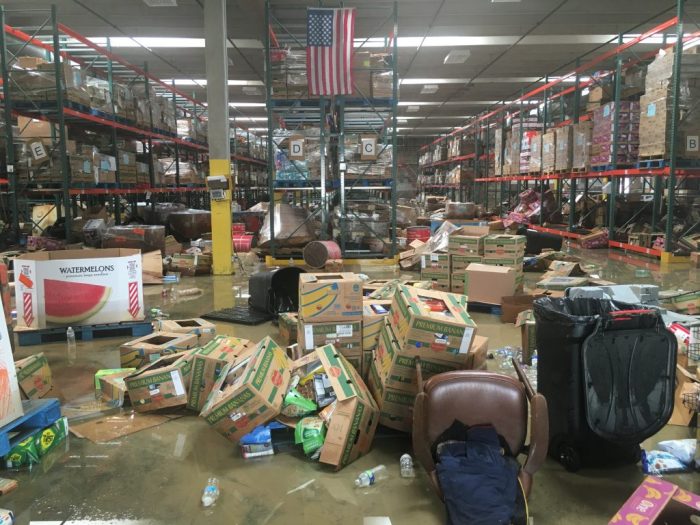No-Name Storms Prompt Powerful Louisiana Alliance
As I write this today, weather predictions for Washington DC call for up to one inch of rain which could be sufficient to raise the possibility of urban flooding in some locations. So just imagine what would happen if your community had as much as 28 inches of rain fall within 48 hours! That’s what […]
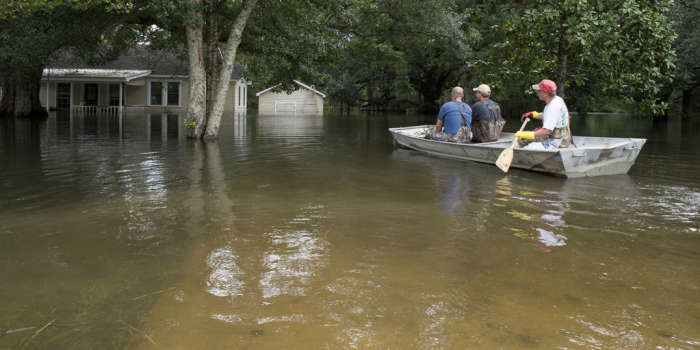
As I write this today, weather predictions for Washington DC call for up to one inch of rain which could be sufficient to raise the possibility of urban flooding in some locations.
So just imagine what would happen if your community had as much as 28 inches of rain fall within 48 hours!
That’s what happened in Louisiana one year ago in August 2016. The record two-day rainfall had a 0.1 percent chance of occurring in any year, the equivalent of a “1,000-year rain”, according to the National Weather Service. And all this rain wasn’t from a hurricane or even a tropical depression, but a slow moving storm drawing on tropical moisture.
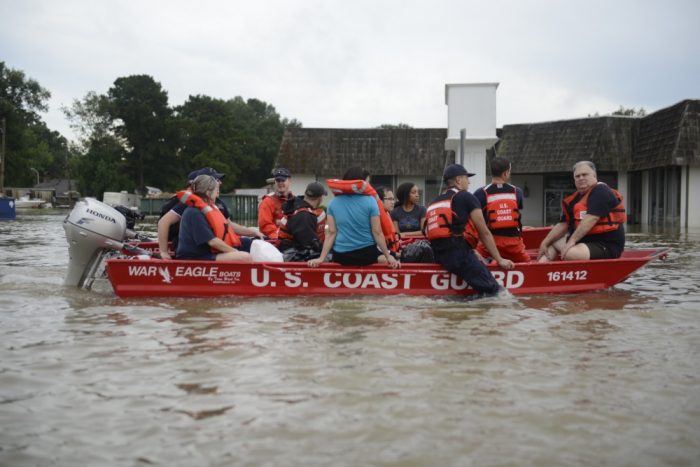
The Washington Post noted that this “no-name storm” dumped three times as much rain on Louisiana as Hurricane Katrina or over 7 million trillion gallons!
Earlier in the spring, rains of 10-20 inches caused major flooding, resulting in a federal government declaration of a major disaster. This flooding caused at least four deaths and left thousands stranded or with damaged homes. As you can imagine, the floods had devastating consequences that are still being felt today.
Federal funding allocated across all Federal agencies for recovery from the flooding totals so far in excess of $8 billion dollars. Consider a few statistics supplied to CDP by FEMA:
- 37 parishes received FEMA disaster designations
- There were 193,716 Registrants for FEMA assistance
- FEMA has approved greater than $1.3 billion in Total Individual Assistance
- SBA has already approved low-interest disaster loans of more than $1.3 billion to help nearly 20,000 businesses
- As of August 2, 2017, FEMA is still housing 3,360 families (3014 are owners & 346 are renters) in 3529 units
Support from donors was slow to arrive for survivors of these two Louisiana floods. Unfortunately this is not unusual. Most donors to disasters are motivated by catastrophic events – usually televised – such as hurricanes or tornadoes. “No-name” storms or floods in general rarely generate much philanthropic activity – even when they bring 3 times the rain of Katrina.
But sometimes uncommon events can generate extraordinary reactions.
Such was the case in Louisiana, where a group of mostly Louisiana-based foundations decided normal approaches were no longer sufficient. It was no longer adequate to simply reactively respond to a disaster with immediate relief, no matter how vigorous. That approach was not going to make the community stronger or more capable of withstanding the next disaster.
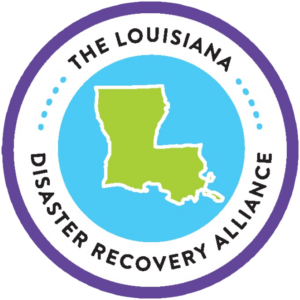 Instead, this group of funders took the bold step to form the Louisiana Disaster Recovery Alliance in order to take a long term approach to their funding by working together to focus on mitigation, recovery, and building a resilient community. Representing LDRA founding member organizations, elected officers include President Lori J. Bertman of the Irene W. and C.B. Pennington Foundation, Vice President Flozell Daniels, Jr. of the Foundation for Louisiana, and Secretary/Treasurer Mark Stewart of The UPS Foundation. Other founding members of the LDRA include the Blue Cross and Blue Shield of Louisiana Foundation, Center for Disaster Philanthropy, the Community Foundation of North Louisiana, and the W.K. Kellogg Foundation.
Instead, this group of funders took the bold step to form the Louisiana Disaster Recovery Alliance in order to take a long term approach to their funding by working together to focus on mitigation, recovery, and building a resilient community. Representing LDRA founding member organizations, elected officers include President Lori J. Bertman of the Irene W. and C.B. Pennington Foundation, Vice President Flozell Daniels, Jr. of the Foundation for Louisiana, and Secretary/Treasurer Mark Stewart of The UPS Foundation. Other founding members of the LDRA include the Blue Cross and Blue Shield of Louisiana Foundation, Center for Disaster Philanthropy, the Community Foundation of North Louisiana, and the W.K. Kellogg Foundation.
Adding greatly to the power of this coalition has been the strong administrative support and expertise of FEMA and the participation of the state’s emergency management leadership.
Next month the LDRA expects to award its first grants for long-term recovery and resilience in the areas around economic development, housing, and health.
I invite you to read more about the LDRA.
More like this
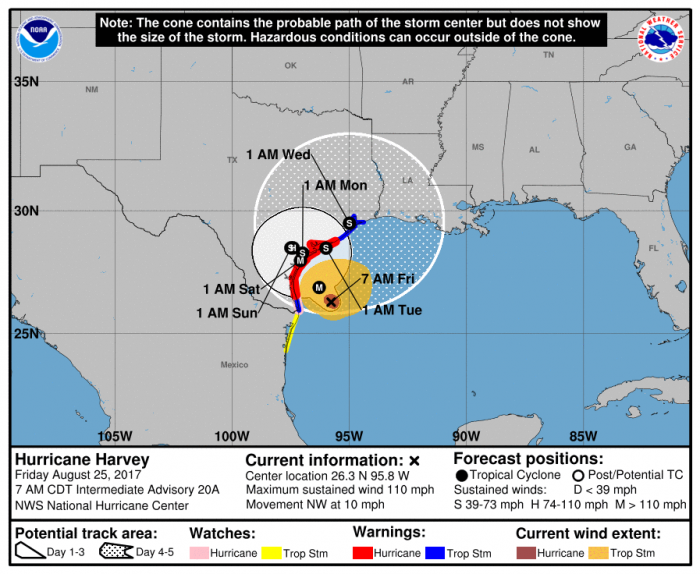
Hurricane Harvey: When, How, and Where to Give
